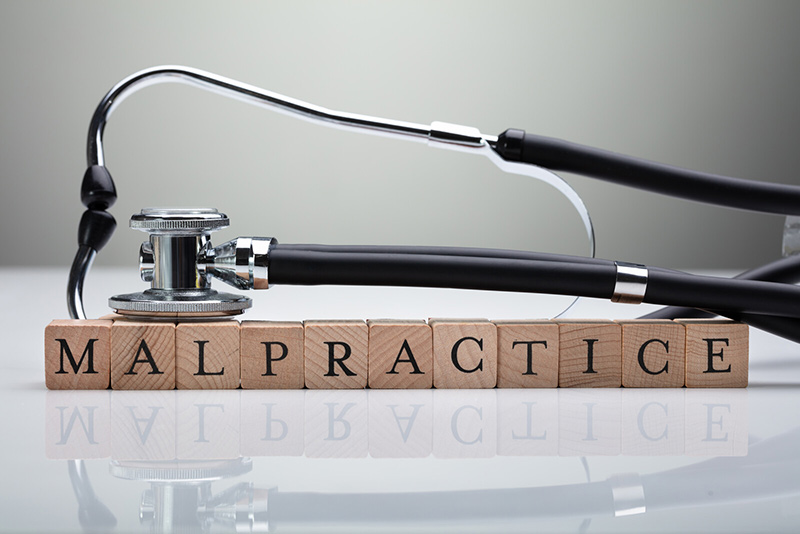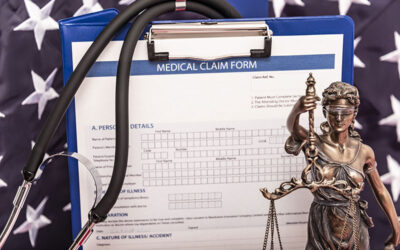Physicians, nurses, and clinicians overall need to be conscious about the potential of medical malpractice risk. In case a malpractice suit is filed, properly documented medical records constitute the best defense, and stand the test of stringent medical chart review. During a medical records review, the plaintiff’s attorney will be looking out for a possible breach in standard care, injury to the patient, and a connecting link between the two. Therefore, all medical services provided to the patient must be clearly and precisely documented. Time spent on accurate and painstaking medical documentation is time well-spent because it would help avoid the stress and expenses as well as the disheartening impact of medical malpractice litigation.
So, what are some medical charting best practices nursing professionals can follow to avoid the possibility of a malpractice claim?
- Ensure Accurate Documentation: Anything that wasn’t documented, wasn’t done. The documentation must therefore be thorough and precise, with no gaps in the charting. It is important to remember that the notes must be customized for each patient, and state possible complications, adverse outcomes and so on, keeping the particular patient in mind. Nurses need to be conscious about the importance of the timing of their findings and record the time they observed something of significance. Also, they should note down the time they communicated a particular health information to the treating physician or other clinician. Given the significance of timing of events with regard to plaintiffs’ claims, nursing entries must be precise regarding the times documented. Especially in facilities that continue to maintain paper records, each entry must include the correct time and date. This is because when medical records are used for copying, the pages can get separated and mixed up. The complete date, including the year, must be included; time can be recorded on a 24-hour clock or specified using a.m. or p.m. Every entry must be signed using a complete signature including the license information such as RN, LPN, and so on.
- Be Cautious about Forms: All flowsheets or checklists must be completed without any blanks, and all boxes checked. If there are empty spaces, it could create the impression that care was not delivered properly. All medications administered must be clearly charted, and all discontinued medications or changed doses must be clearly marked on the medication administration record.
- All Unusual Occurrences must be Accurately Described: The plaintiff’s attorney shouldn’t get the impression that the hospital is trying to cover up some adverse event.
- Identify Relevant Individuals Clearly: Nursing entries must clearly identify the physician or supervisor or provider who was informed of a particular event.
- Document all Patient and Family Concerns: Any concerns expressed by the patient or her family must be clearly documented. Follow-up and documentation related to it is also paramount.
- Proper Language must be used in the Notes: The documentation must not contain argumentative, self-justifying, accusing or ambiguous language. Defensive documentation could have a negative impact.
- Be Careful about Altering the Medical Record: Any alteration made in the record must include the date and time of the change made. Care must be taken not to obliterate the original entry.
- Note down any Discussion made with the Patient: The medical record should show any discussion made with the patient regarding possible complications and outcomes.
- Document any Medical Mishap Concisely: It is important not to understate or hide a medical mishap. Also, do not exaggerate or misinterpret such happenings.
- Focus on Objective Documentation: The patient’s health condition must not be understated. Her progress and other relevant observations must be objectively documented.
- Make Entries of all the Important Warnings given to the Patient at the Time of Discharge: The patient must be given pertinent information when being discharged from the facility. This must be recorded as well. If such information is not given, it could lead to readmission and medical complications that may be traced to the insufficient discharge instructions.
- Make Note of any Non-Compliance on the Part of the Patient: If the patient does not comply with some instruction or other, make a clear note of the same.
- It is Mandatory to Include Informed Consent Documentation. Ideally, a separate form must be used for the informed consent.
- Document the Lack of Response from other Healthcare Professionals: In this case, make a record of the fact that the particular professional was notified but did not respond, that the information was conveyed, and include the time the person was notified.
Proper documentation skills can help nurses avoid malpractice risk and successfully handle any challenge posed by medical chart review and other scrutiny. When the documentation is clear and error-free, it will help defend the action the nurse took. The patient chart should legibly convey all pertinent information, and effective documentation is the best defense against erroneous malpractice charges.




